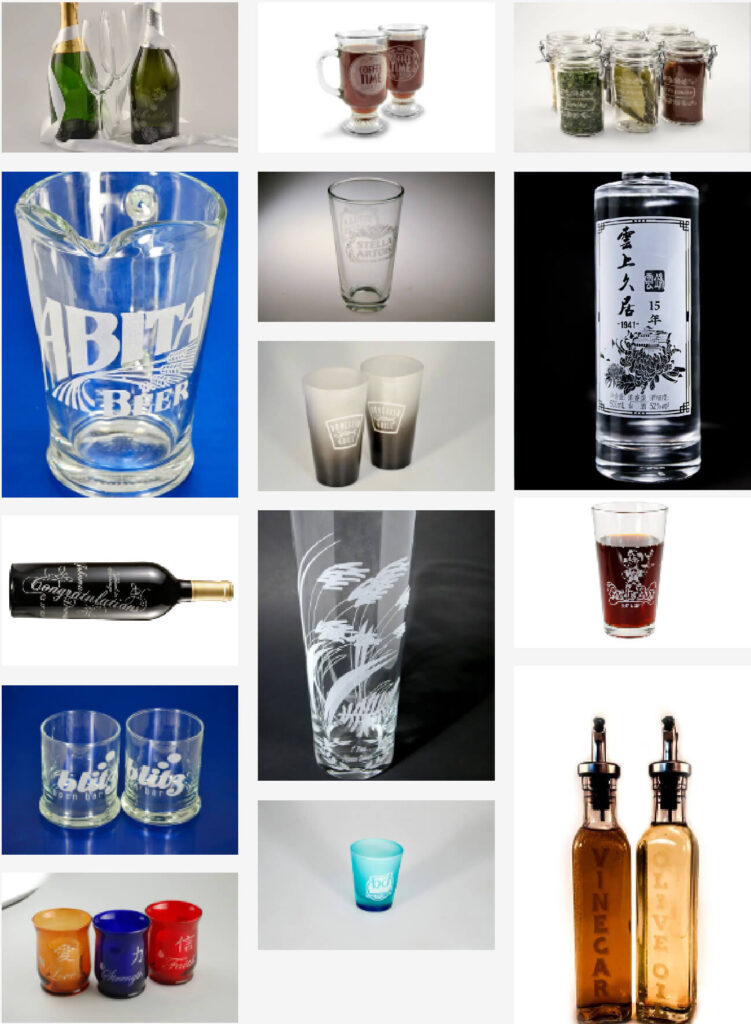Glass is timeless, but marking it with precision used to be difficult. Laser glass etching changes the game by allowing permanent, detailed designs without chemicals or physical contact. This article not only explains what laser etching is but also shows you how to use it in practice.
How Laser Glass Etching Works
Laser pulses create micro-fractures or frosted textures on the surface of glass. The process is non-contact, meaning no scratches or chips caused by tools. By adjusting the laser’s settings—power, speed, and frequency—you control the sharpness, depth, and style of the mark.
Step-by-Step Guide to Start Etching Glass
- Prepare the glass:Clean the surface with alcohol to remove dust, oil, and fingerprints. Choose tempered or untreated glass depending on your project.
- Choose your design:Use vector graphics (SVG, AI, DXF) for sharp lines. Convert images into monochrome patterns for best results.
- Set up the laser:Starting power: 20–30% (adjust as needed). Moderate speed for balance between clarity and safety. Minimal air assist to reduce debris.
- Test first:Always run a sample on scrap glass to fine-tune settings.
- Etch the design:Keep glass flat and stable. Avoid multiple passes in the same spot.
- Post-process:Wipe with a damp cloth. Backlight or paint-fill for stronger contrast.
Practical Tips for Better Results
- Masking tape trick: Apply a wet paper towel or tape layer to reduce heat stress.
- Slight defocus: Creates a smoother frosted effect.
- Cooling breaks: Essential for large designs.
- Experimentation: Layer textures or combine cutting + etching for unique results.
Frequently Asked Questions (FAQ)
Q1: Will the glass crack during laser etching?
Not if you use moderate power and allow cooling breaks. Using a thin wet layer (paper towel/tape) can further reduce stress.
Q2: Which laser type is best for glass etching?
CO₂ lasers are most common for glass because they interact well with transparent materials. Fiber lasers are better suited for metals, but some UV lasers can etch glass at micro levels.
Q3: Can I etch curved surfaces like glasses or bottles?
Yes, but you’ll need a rotary attachment to keep the surface aligned with the laser.
Q4: How deep does laser glass etching go?
Typically very shallow—just enough to create a visible frosted look. It doesn’t cut deeply like engraving on metal or wood.
Q5: Is laser etching permanent?
Yes. The mark is part of the glass surface and won’t fade, peel, or rub off.
Where Laser Glass Etching Shines
- Custom décor: Logos on doors, windows, and mirrors.
- Personal gifts: Names or messages on wine glasses and awards.
- Industrial use: Permanent, precise marks on electronic components.
With the right setup and a little experimentation, laser glass etching lets you transform ordinary glass into durable works of art.

